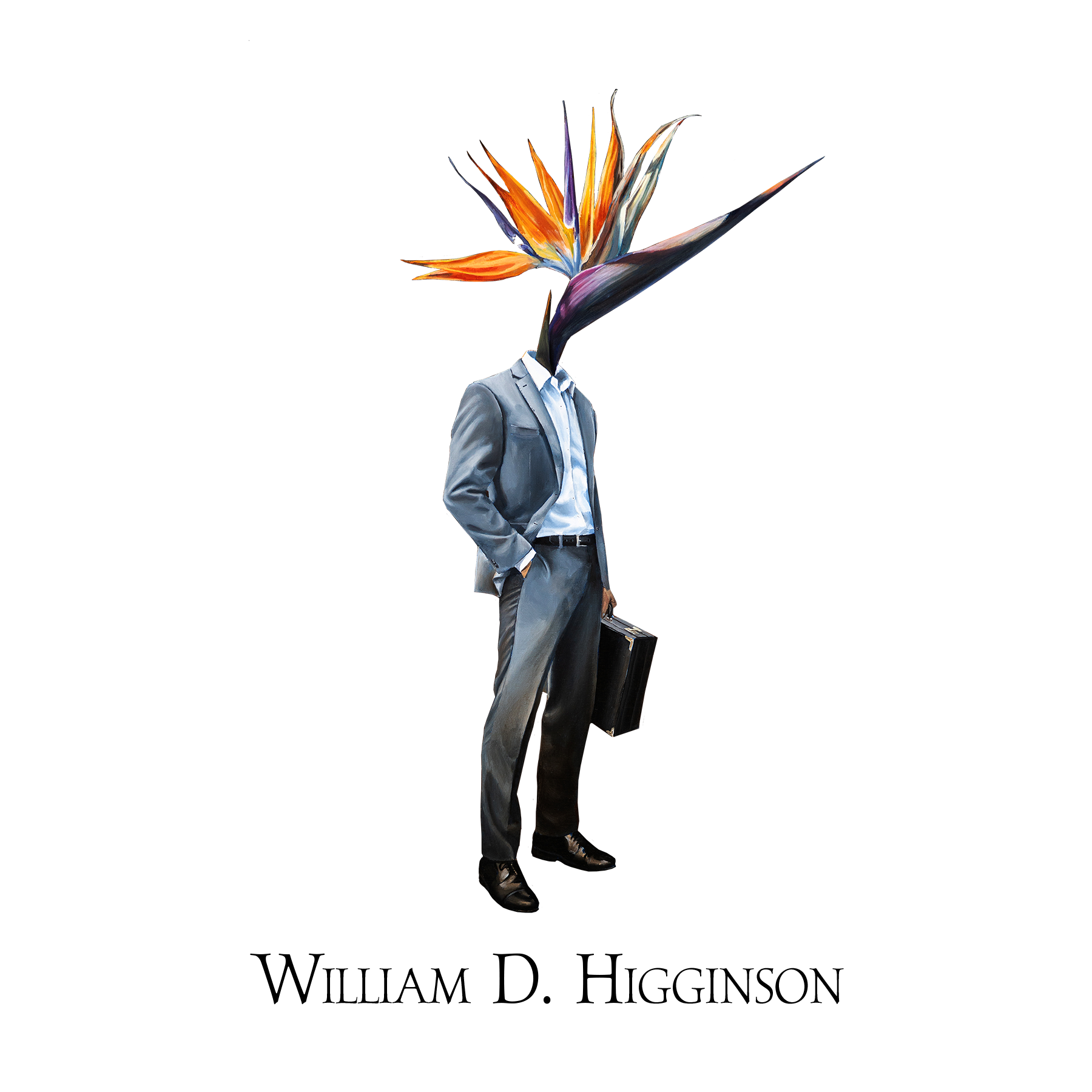Pillars of Understanding
Salvador Dali's influence on me has been nothing short of profound. Back in the early 1990s, I was navigating the challenges of high school while also grappling with Leukemia. During that time, my class embarked on a field trip to a Dali exhibit, an experience that left an indelible mark on me. One particular piece, "Sleep," struck me deeply, reflecting the turmoil I was undergoing at the time. Since then, encountering Dali's art has often felt like going a few rounds with Muhammad Ali in the ring of my mind.
Years later, I had the privilege of diving into Virtual Reality for the first time. My inaugural VR encounter was a program named "Dreams of Dali, featuring Dali’s artwork “Angelus”. Although I hadn't formally studied art, I had a strong sense of what resonated with me. Little did I know that Dali's "Angelus" was an interpretation of Jean-François Millet's "The Angelus." Thus, my initial experience with this piece was filtered through Dali's unique lens.
The VR program granted me the opportunity to step into the artwork, to move around within it. The very real feeling of enormity and being enveloped by one of Dali's creations was beyond my wildest imagination. Climbing the monumental figures' stairs, I found myself atop, gazing down at Dali's distant elephants as the gentle murmur of a summer breeze played through my headphones. It was a form of artistic heaven, deepening my admiration for Dali's genius and craving more of it.
When the chance arose to participate in the Art Rapture Throwback, and represent one of Dali's works, I leapt at it. After much introspection, I settled on "The Angelus," delving far beyond its surface. At first, my intent was to weave a more intricate adventure within the artwork, crafting a virtual journey of my own making. However, as I dug deeper, I uncovered the roots of the concept in Jean-François Millet's vision. This exploration further revealed the artwork's profound influence on artists like Van Gogh and other Impressionists.
Dali's unconventional take on "The Angelus” held a fascination for me. His perspective, attributing repressed sexual aggression to the figures and perceiving them as mourners rather than prayerful individuals, prompted an intriguing inquiry. At Dali's insistence, the Louvre conducted an X-ray scan on the painting, revealing a coffin-like shape hidden beneath the paint—a revelation that offered fresh dimensions to Millet's creation.
Among the myriad interpretations that have emerged over time, Dali's view inspired me to contribute my own perspective to the ongoing discourse. While I found his sexual tension theory to be intense, it triggered reflections on the pressures that modern society places on relationships. With the shift from survival necessities to the imperative of communication in today's world, I perceived a prevalent struggle in connecting and understanding one another.
As an artist, I observe the world through a particular lens, recognizing that many global challenges could be tackled if people would simply build bridges and engage in dialogue instead of evading critical issues. "The Angelus," a timeless work, became a conduit for me to express these thoughts. This journey through art history exemplifies the enduring impact of Salvador Dali's legacy. It underscores how art has the power to weave personal experiences, historical influences, and contemporary issues into a tapestry that allows us to perceive the world with heightened insight. Like Dali's works have profoundly impacted generations before me, my encounter with his art has cultivated a perspective that seeks to foster dialogue and understanding in our ever-evolving world.










